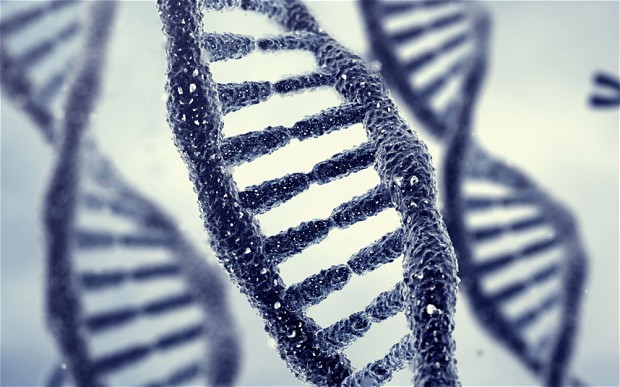
Von Hippel-Lindau disease – causes, side effects and treatments at NaturalPedia.com
Tuesday, August 07, 2018 by Ralph Flores
http://www.naturalpedia.com/von-hippel-lindau-disease-causes-side-effects-and-treatments-at-naturalpedia-com.html

Von Hippel-Lindau disease (VHL) is a condition that causes the growth of both cancerous and non-cancerous tumors in the body. While VHL can occur in different parts of the body, most stay in the organ where they began. However, VHL that occurs in the kidneys or pancreas are given special consideration, as the risk of them becoming malignant are likely, and they can spread to other parts of the body.
It is considered a familial risk factor for cancer since the condition is genetic. Most healthcare professionals aim to find tumors early on – looking for signs of growth and removing it before it affects nearby tissues.

Known risk factors and symptoms of Von Hippel-Lindau disease
The main risk factor for VHL is family history: The condition is caused by a mutation in the VHL gene – which regulates tumor suppression – and is passed on from parent to offspring.
Most symptoms of VHL appear between 10 to 30 years. These include:
- Headaches
- Dizziness and weakness
- Hypertension
- Deafness
- Loss of vision, if the tumor develops in the back of the eyes
Body systems affected by Von Hippel-Lindau disease
Complications of VHL, most notably, include kidney cancer – it is the leading cause of hereditary cancer in the U.S. The most common kidney cancer caused by VHL is clear cell renal cell carcinoma, with a 75 percent incidence rate.
If VHL causes lesions in the brain or spinal cord, this can result in symptoms that mimic tumors in the same location. VHL lesions that occur in the eyes can lead to loss of vision, and hearing and balance issues – which resemble Meniere’s disease – may occur.
Food items or nutrients that may prevent Von Hippel-Lindau disease
Currently, no information is available on food items that may prevent or relieve VHL.
Treatments, management options for Von Hippel-Lindau disease
For the most part, treating VHL is highly dependent on the location and site of the tumor. Most healthcare professionals treat the tumors before they grow and cause permanent damage – for instance, if it builds pressure on the brain or spinal cord. The usual conventional mode of treatment involves surgery to remove tumors, as well as high-dose irradiation. However, patients with VHL will require careful monitoring by a team familiar with the disorder.
There are no treatments available to treat VHL; most are aimed to address symptoms as they are identified.
Where to learn more
Summary
Von Hippel-Lindau disease (VHL) causes the growth of both cancerous and non-cancerous tumors in the body.
VHL can occur in different parts of the body, most formations are benign.
VHL that occurs in the kidneys or pancreas, however, are given special consideration, as these can be cancerous and metastasize to other areas of the body.
VHL is genetic, and the usual route of treatment is removing tumors before they cause permanent damage.
VHL is a familial risk factor for cancer given its genetic nature.
Symptoms of VHL include headaches, dizziness, and weakness, among others.
VHL is the leading cause of hereditary cancer in the U.S.
Sources include:
Tagged Under: Tags: Von Hippel-Lindau disease





